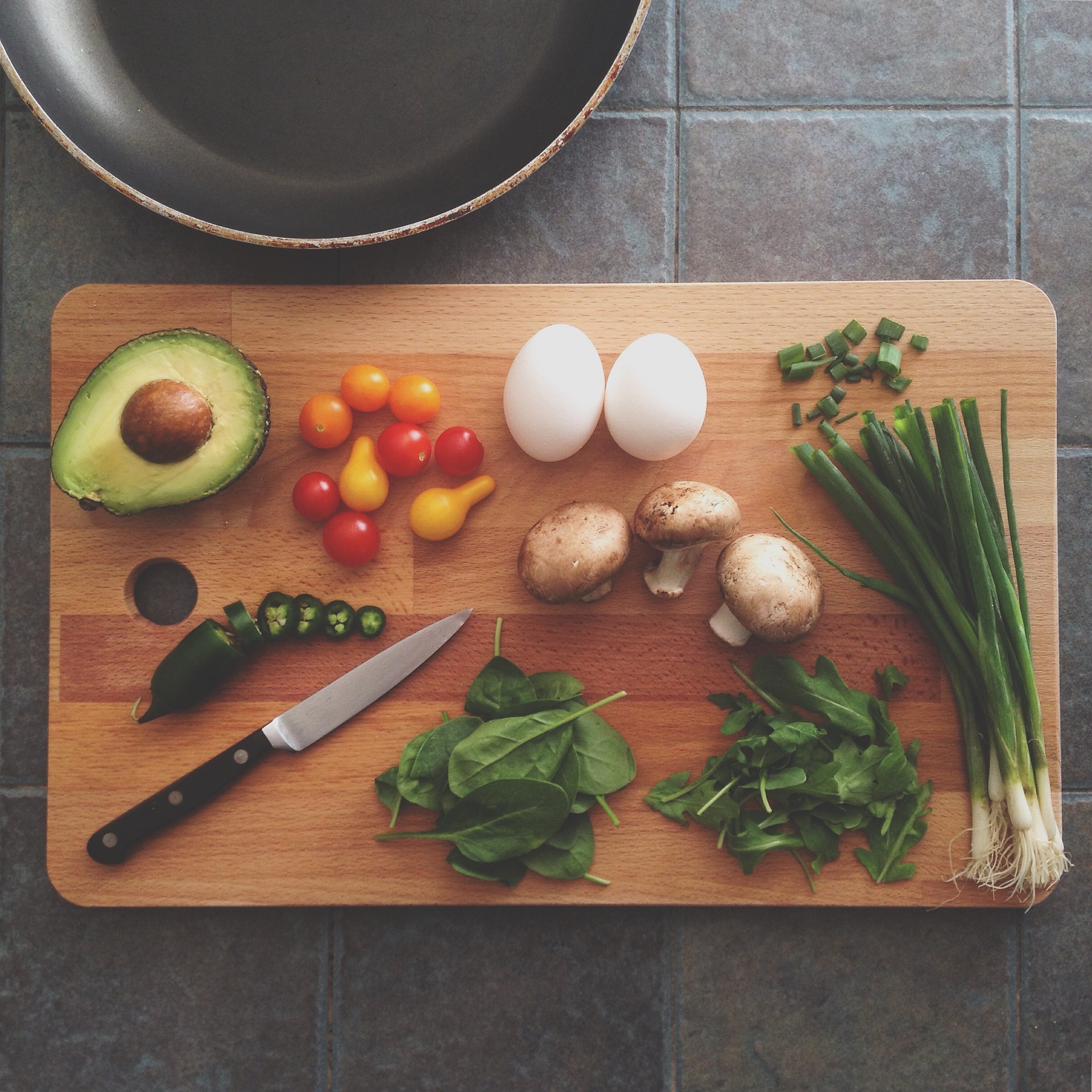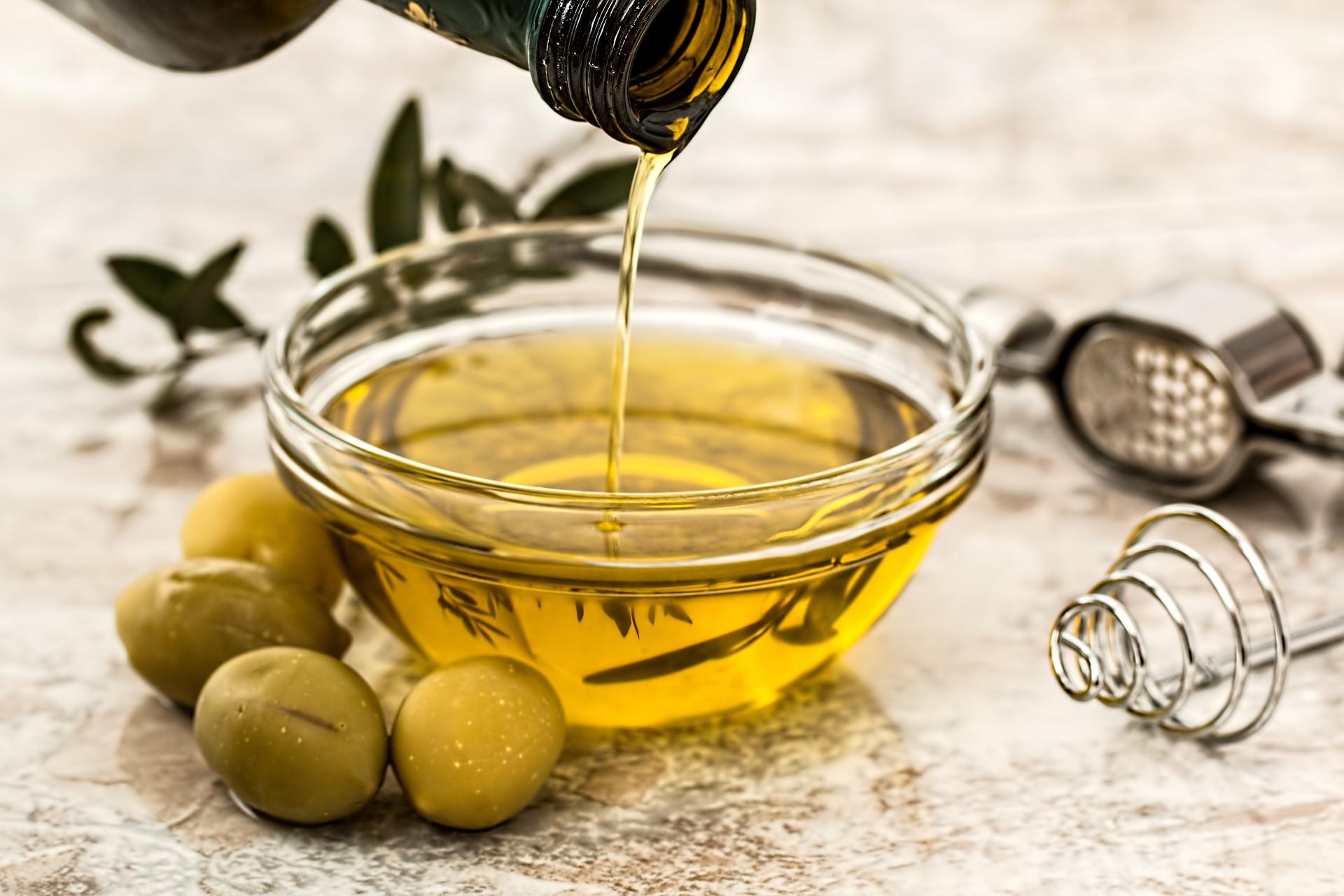‘Your immune system is a complete network of cells, tissues, and organs. Together they help the body fight infection and other diseases.’ medlineplus.gov
Vitamins in our food have a key role to play in maintaining and strengthening our immune system; adults and children alike. But it’s not just about what we eat. How much we move, the quality of our sleep, our management of stress, all these things affect how well our immune system can function. A weakened immune system will increase the likelihood of illness and disease.
Today we’ll take a look at what we can eat to help our body function optimally, bringing a focus to food and what our body actually needs. There is a lot that we can do to help strengthen both our health and the health of our families.
Hippocrates is famously quoted as saying ‘All disease begins in the gut’. Indeed, around 70% of the cells that make up our immune system are found in the gut. Good healthy gut bacteria aid digestion and produce vitamins, therefore, helping our body to function and fight disease. Bacteria need food! Healthy food promotes healthy bacteria. Junk food does the opposite. When there is a lack of balance between good and bad bacteria, illness can flourish.
To support our gut bacteria it is important to avoid foods that are:
-highly processed eg white bread, fast food, processed meat (salami, bacon etc), Additives in food to increase their shelf life are not necessarily safe. Fresh is best!
-high in sugar eg soda drinks, ice cream, fruit yogurts (always read the label!), cakes, and cookies. Processed white sugar has no nutrients, no vitamins, and no minerals. A high intake of sugar risks developing Type II Diabetes, Obesity, and Heart Disease. Did you also know that it is addictive?
-high in unhealthy fats eg fried and deep-fried foods, processed meats, margarine (trans-fats). We need fat! Saturated fat, like that found in dairy products, coconut, and palm oils, should only be eaten in moderation. Trans fats, like those found in deep-fried foods, and packaged cookies from the store, should be avoided. This is a big topic that we will go into in more depth in a later blog.
Eating the above foods as the exception rather than the rule will put you on the right track. They should all be in the ‘Don’t eat or maybe as an Occasional Treat’ category.
So what foods should we include?
Prebiotics and Probiotics
Consider adding probiotic foods to your diet. These increase your healthy bacteria and strengthen your immune system. Examples of these are kombucha, sauerkraut, and kefir. All are readily available at most supermarkets and health food stores. If you are feeling adventurous you could try making your own! There are a wealth of recipes available online.
Prebiotic foods such as onions, garlic, and artichoke are also important. Prebiotic foods feed healthy bacteria.
Fibre
Fibre is also a prebiotic. A diet high in fibre is key for a balanced microbiome. Your colon cells rely on fibre to stay healthy. Fibre is also key to staying regular and avoiding constipation; along with plenty of water! Think whole grains, beans, and legumes.
Beta-Glucan is a type of fibre shown to increase the number of infection-fighting cells, ‘search and destroy’ Killer cells, and T-cells. It is also a powerful antioxidant. Your body doesn’t make it so it needs to be included in your diet
Think seaweed, oats and whole grains, barley, algae, and some mushrooms (shiitake, reishi, maitake).
Vitamins
There are some key vitamins that have proven to be effective in strengthening our immune system. Here are some of them with a quick description and a non-exhaustive list of foods that contain them.
Zinc
Is known to enhance immunity by promoting the development of immune cells eg T Cell, white blood cells
Foods high in Zinc include pumpkin seeds, legumes (chickpeas, lentils, beans), spinach, cashews, oysters, shellfish, poultry, lean red meat.
Vitamin C
There are so many benefits to this wonderful vitamin. Not only is it a great antioxidant, fighting free radicals (unstable atoms that can damage cells) and thus reducing inflammation in your body. It also helps your white blood cells to function more effectively.
Foods high in Vitamin C are best eaten raw or just lightly cooked. These include Berries, red pepper, broccoli, kale, citrus, guava, papaya, and snowpeas.
Vitamin E
Stimulates the production of killer cells, targeting germs and cancer cells. It also enhances the bacteria destroying B cells.
Foods include sunflower seeds, brazil nuts, avocado, tomato paste, pine nuts.
Selenium
Increases the production of our natural killer cells and mobilises cancer-fighting cells for battle. Selenium also plays an important role in our thyroid health.
Foods include Red Snapper, Brazil nuts, Sunflower seeds, chicken, salmon, tuna, cottage cheese, mushrooms, eggs, grass-fed beef, oats.
Spices
Spices can also play a role in the fight against viruses. Think garlic, ginger, turmeric, cinnamon, clove, and oregano.
Garlic – when the raw garlic clove is chopped, crushed, or chewed it releases sulfur compounds beneficial for our health. If you are prone to colds, try adding garlic to your diet. Although, make sure that you warn your loved ones that your intake may be increasing. Better yet, give it to everyone!
Ginger -antimicrobial properties to fight bacterial and viral infections
Turmeric – contains curcumin which is an antioxidant and has powerful anti-inflammatory properties. Eat with black pepper to increase absorption.
Cinnamon – Natural antimicrobial agent.
Clove – antibacterial properties killing bacteria and is also an antioxidant
Oregano -anti-bacterial. Oregano essential oil has also shown some effectiveness as a topical treatment for acne and pimples.
How to make changes easier
Right, so now we have all of that information, how can we easily incorporate these foods into our diet? Here are some ideas:
1)Rather than looking for a bunch of new recipes, take a look at what you usually eat and see how you can add foods high in Vitamin C, E and Zinc, Beta Glucan, and Selenium.
2) Plan your meals for the week and then shop accordingly. Use the categories above when compiling your shopping list, or shopping online. Then you can be sure to include foods that are giving you and your family a good range of vitamins.
3) Order for delivery (or pickup if you want to get out ) to avoid making last-minute impulse purchases. There are a lot of organic food delivery companies that deliver family-sized boxes. My kids always love unpacking ‘the ugly fruit and vege’.
4)How about your very own herb garden in the kitchen? All you need is a windowsill with a little sun and you can do it! Having the herbs always visible will make you more likely to add them to whatever dish you are preparing.
Try introducing one new idea a week so as not to be overwhelmed. Below are some quick to prepare meal ideas to get you started.
Breakfast Ideas
Eating a good breakfast will help you choose healthier options throughout the day. A full tummy and a stable blood sugar level mean that the likelihood of cravings for sweet things is reduced.
-wholemeal bread with avocado
-oats sprinkled with all or any of the following: pumpkin seeds, chopped brazil nuts, fresh or frozen berries, sunflower seeds, chopped almonds, cinnamon.
-add some spinach, kale or chia seeds to a fruit smoothie
Lunch or Dinner
-Salad – Served with grilled or sauteed chicken or Red Snapper.
Components of salad could be Kale or spinach, pine nuts, avocado, sunflower or pumpkin seeds.
-Wholegrain pasta with tomato sauce – Use tomato paste to make your sauce.
If you are using a ready-made sauce try adding some tomato paste and oregano (or other fresh herbs) to it. Beef it up a little! (My kids never notice when I add seeds to a sauce, but if I sprinkle them on top that is another story).
-Baked sweet potato: Sprinkle some sunflower seeds gently sauteed in garlic, sea salt and olive oil for an extra flavour explosion. Serve with steamed broccoli or greens.
Beverages
-Ginger tea (grated fresh ginger to taste. Approx 1 tsp will give you a warming drink. Give yourself a little more if your like things spicy)
-Lemon Tea (Just add squeezed lemon juice or a few slices to a cup of hot water)
-Green Tea
-Add a slice of lime of a twig of mint to your glass of water.
This all sounds well and good, but what about the little people complaining about eating their vegetables? Here are some sneaky tips to get the good stuff into your kids
-Soaked oats are easily prepared for breakfast. Add 1 litre non-dairy milk of choice to 500g rolled oats and leave to sit for at least an hour or overnight. Depending on how hungry your family is, one batch should last a few days. To this, you can add small seeds such as chia or hemp without the kids noticing too much. Serve with good probiotic yoghurt and or fresh fruit. Always check the yoghurt label to make sure there is no added sugar.
-Serve every meal with a shared plate of chopped fruit and vegetables to sit in the middle of the table. Let the kids eat whatever they want from this in addition to whatever meal you have prepared.
-If you are into baking your treats, try adding seeds to your creations. Some recipes also work well using wholemeal flour eg brownies, chewy cookies.
-Be prepared. If you are going out with the kids take a lunch box full of chopped fruit and vegetables. When there are no other options around and they are hungry, chances increase that they will eat it!
-Let your kids help whoever is preparing the meal. Being invested in the process may help them eat more. You can educate yourselves together on the different vitamins found in what you are preparing. And it is great training for when they are old enough to cook for the family on their own!
Maybe you prefer the all-or-nothing approach, or maybe you need to take things gradually. Wherever you fit on the spectrum, just start. And If all of this seems too overwhelming, go with the simple plan to eat a rainbow of foods. If you are eating a variety of fresh foods then you will also be getting a variety of nutrients.
As we mentioned earlier, health is more than just what we eat. We’ve already talked a bit about sleep in a previous post, keep an eye out for future posts where we’ll also go into the benefits of exercise and rest in more detail.



